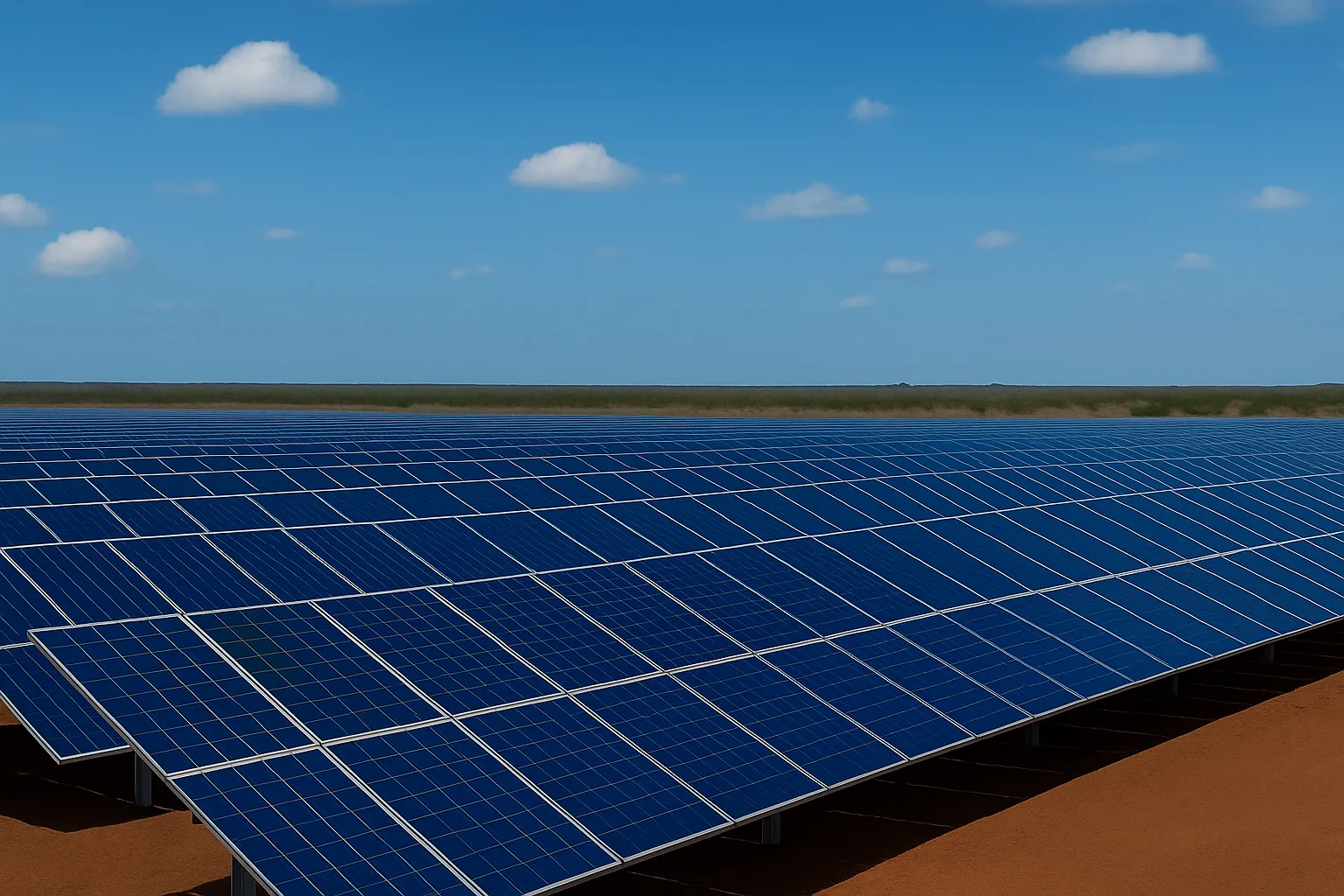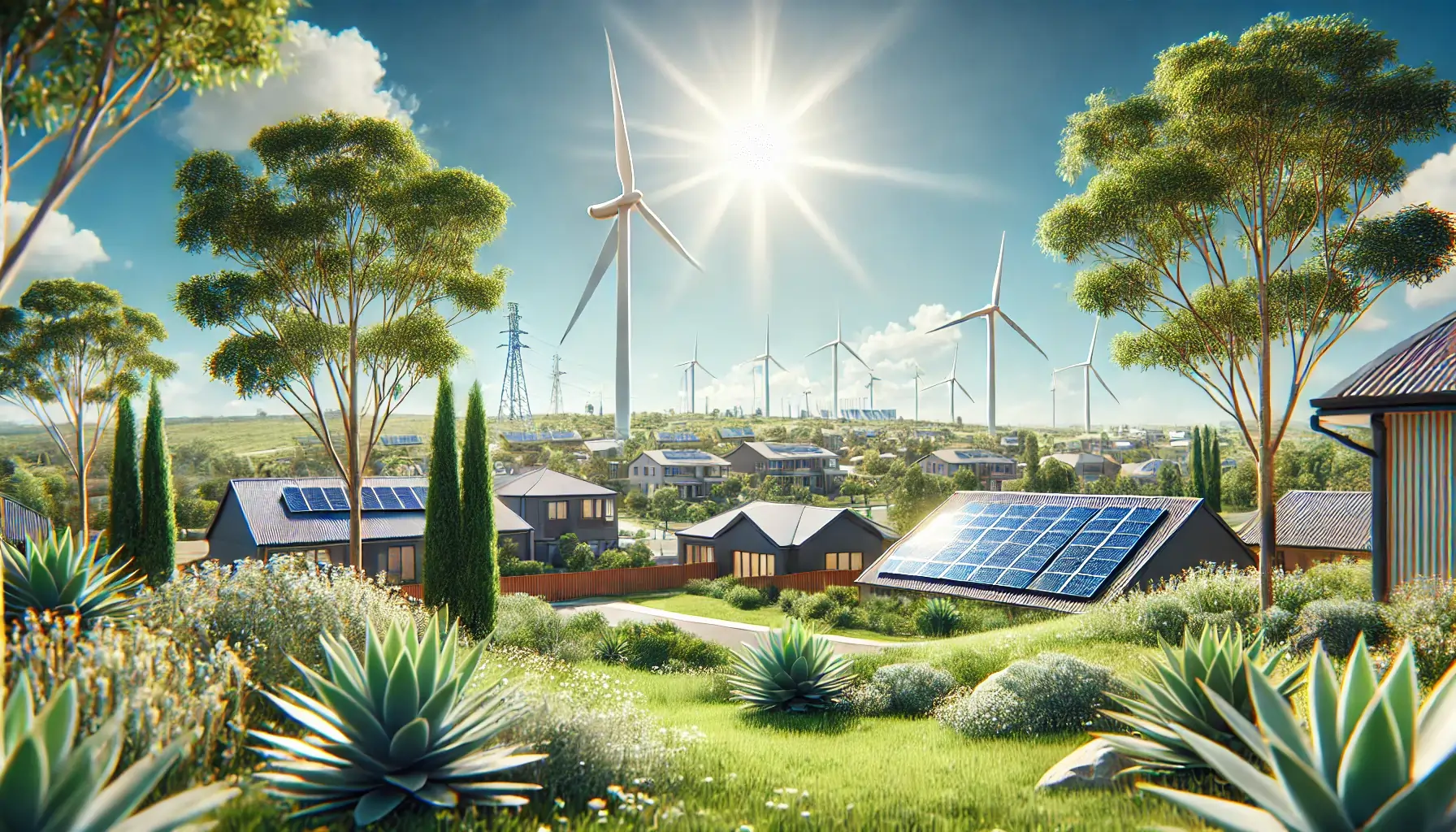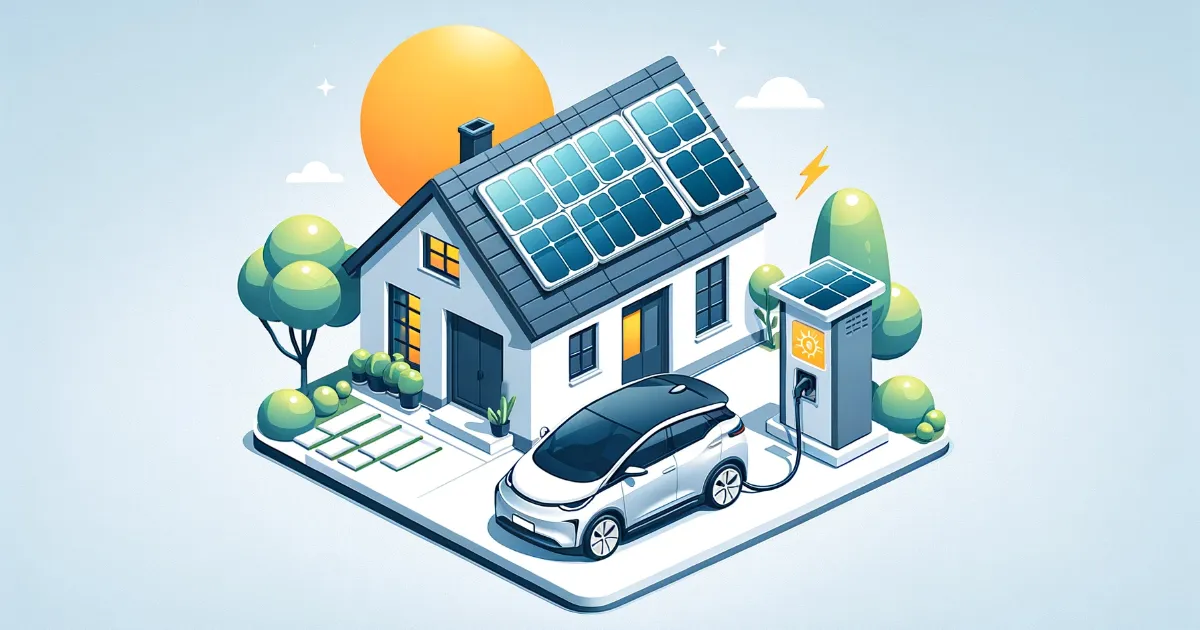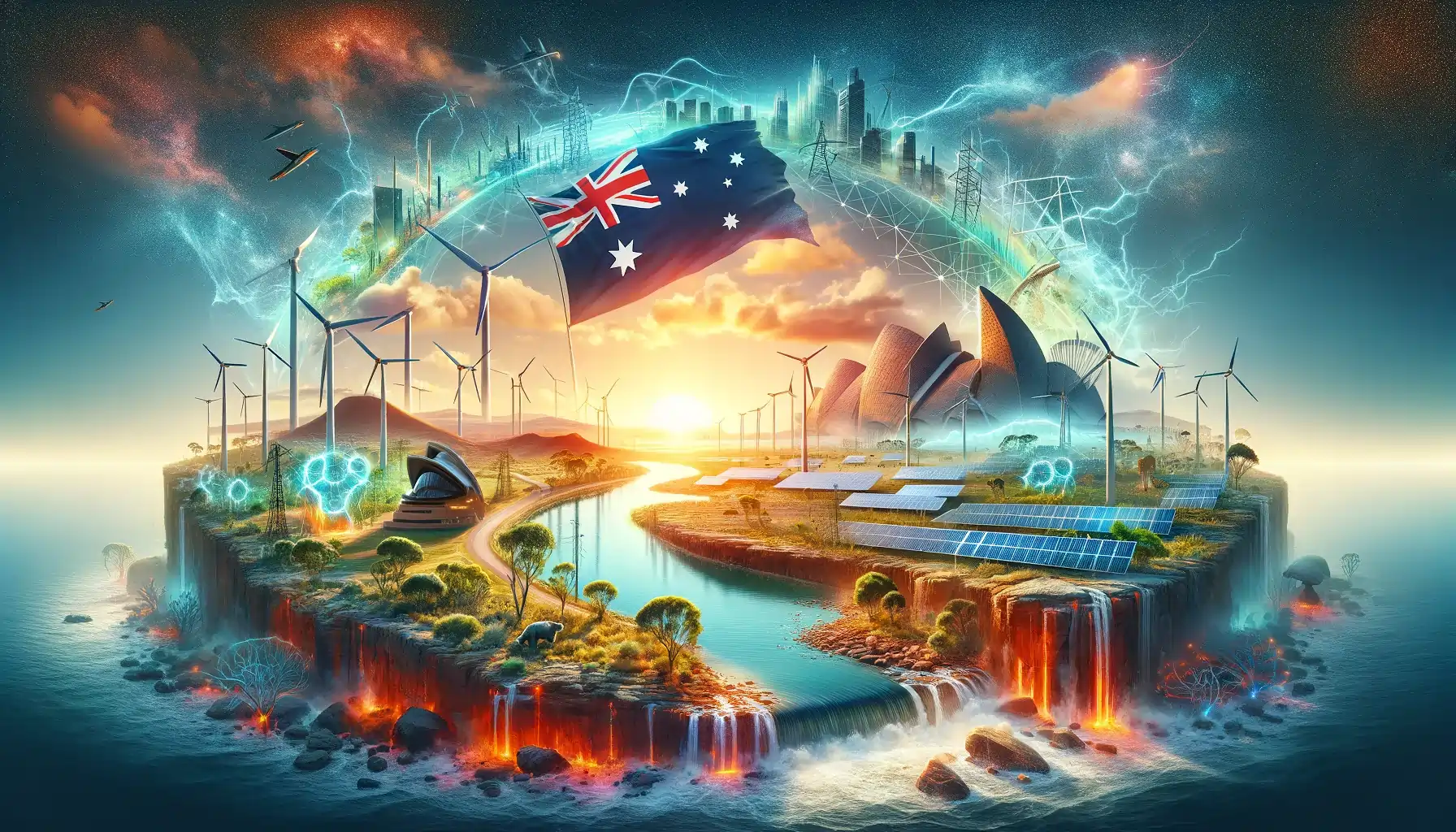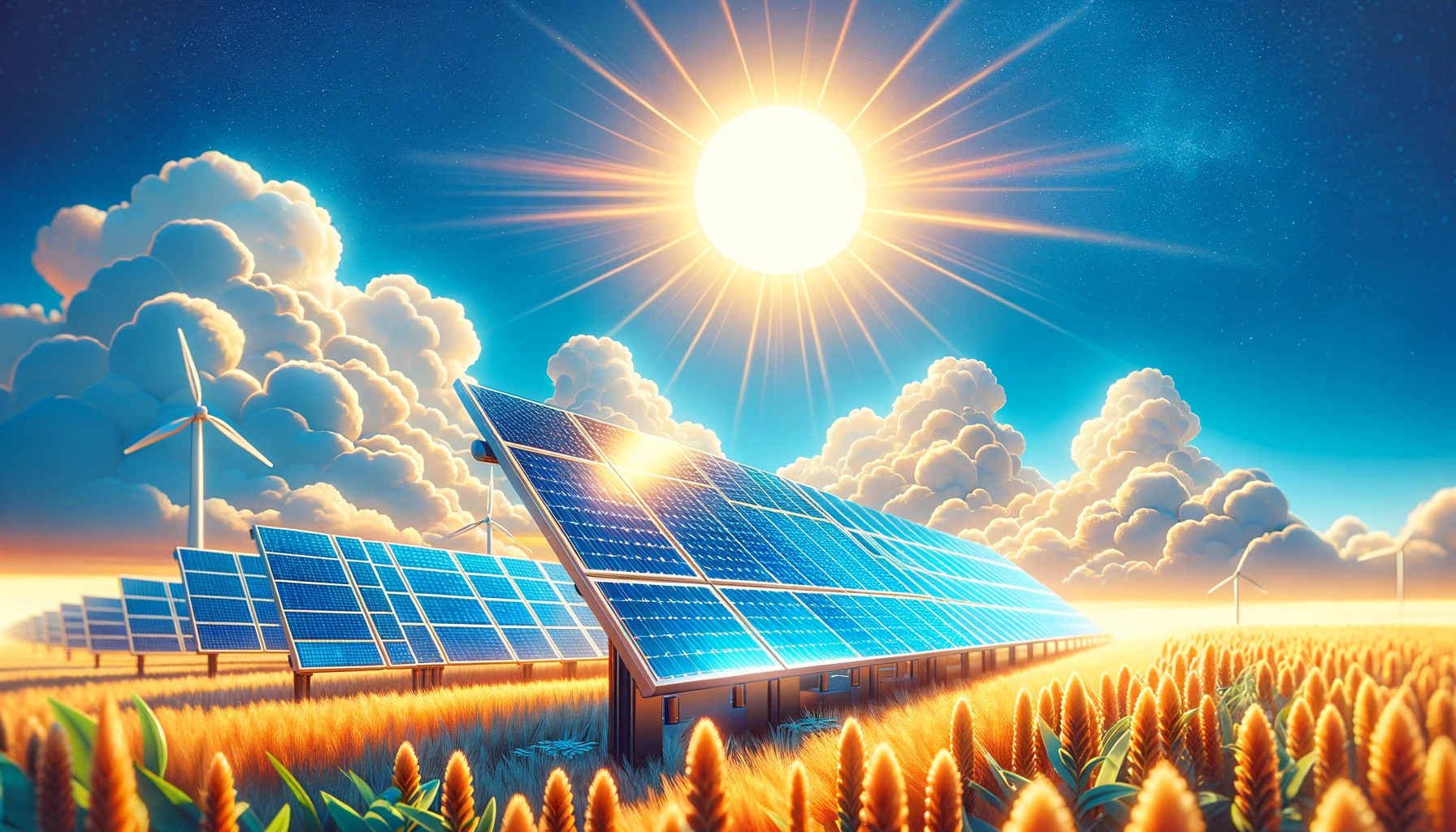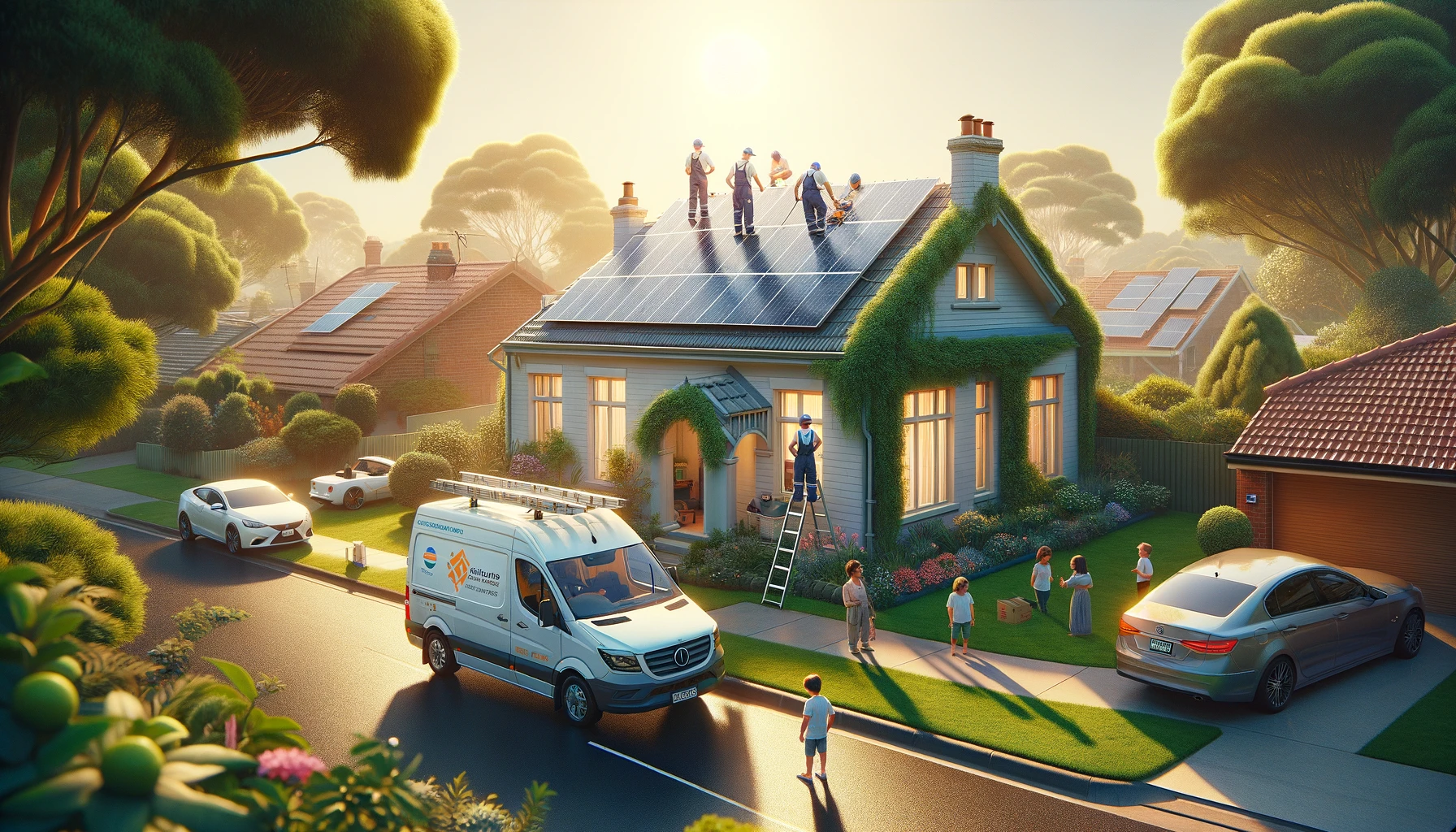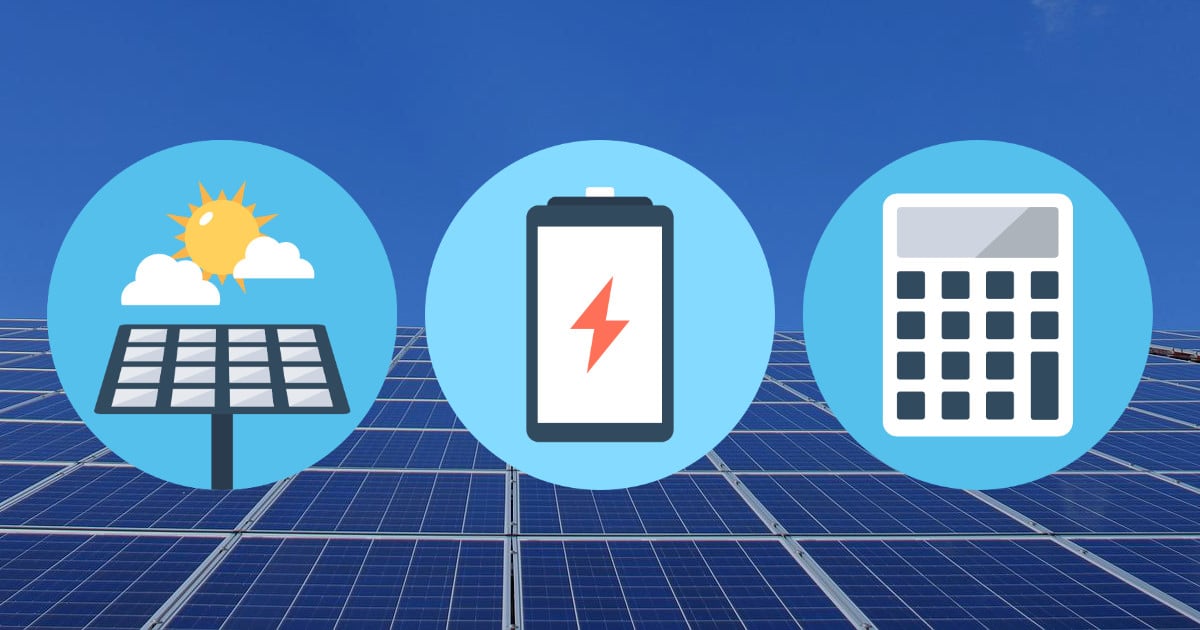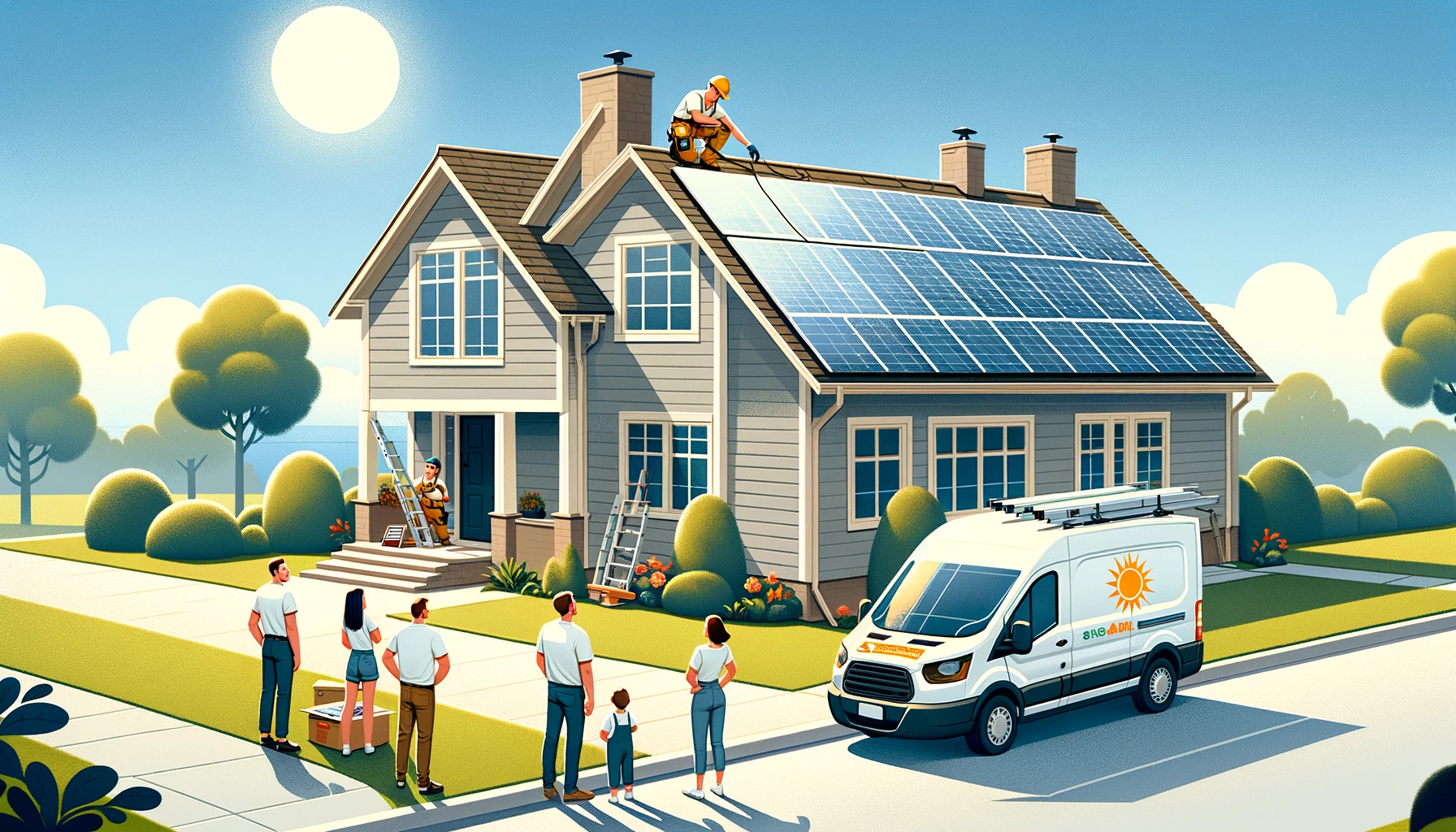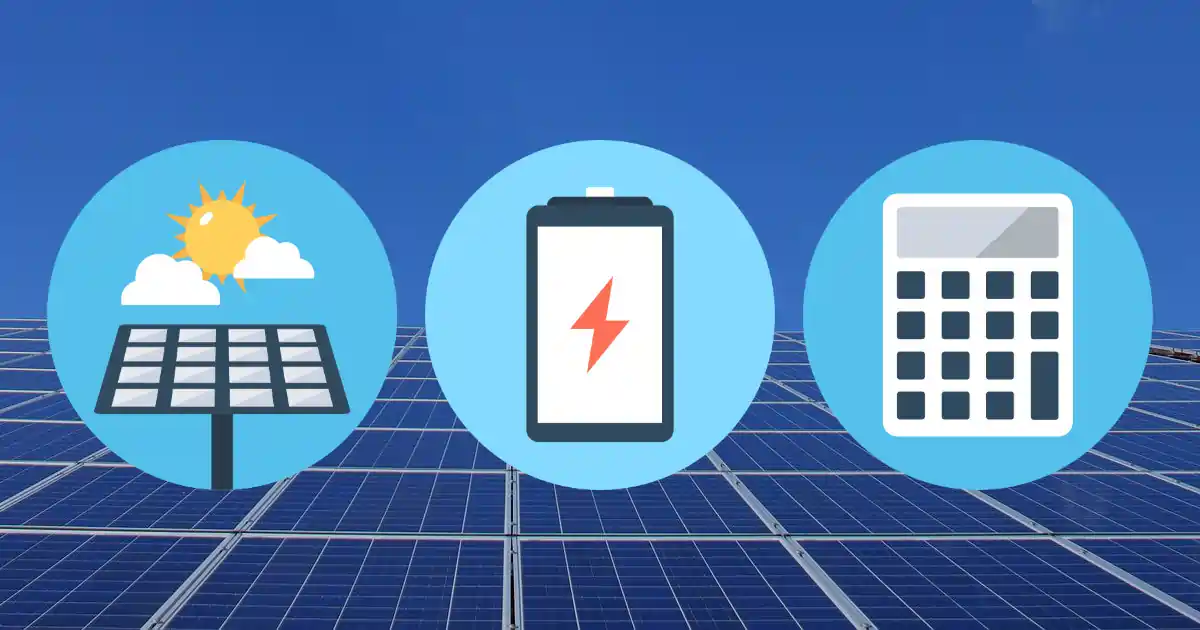Articles Tagged with: Solar Energy
ARENA backs Fortescue’s Pilbara Solar Innovation Hub
ARENA will invest up to $45 million in Fortescue’s Solar Innovation Hub in the Pilbara, a program designed to drive down the levelised cost of energy (LCOE) for utility-scale solar and speed up deployment. The Hub will operate as a 500 MW test bed inside Fortescue’s planned 1.5 GW solar PV pipeline.
Why Australia's Energy Future Doesn't Need Nuclear Power
Australia is at a critical juncture in shaping its energy future, and the push for nuclear power is proving to be an ill-suited solution. The rise of renewable energy sources like solar and wind, coupled with advancements in energy storage technologies, presents a more viable and cost-effective path forward.
Solar Power in Australia 2024
In 2023, Australia’s rooftop solar market nearly surpassed its record-setting year in 2021, installing approximately 3.17GW of small-scale solar, a 14% increase from 2022. This continued growth underscores the country's commitment to renewable energy and its world-leading pace in solar panel installations. December 2023 saw a record high system size of 10.5kW per system, indicating a trend towards larger installations.
Australia's Renewable Energy Revolution
In a groundbreaking shift, Australia's renewable energy sector, particularly solar and wind power, has achieved a remarkable milestone. For the first time, the combined electricity output from these sources has surpassed the total demand of all Australian households. This development, as reported by the Australian Bureau of Statistics for the financial year 2021-22, marks a significant turning point in the nation's energy landscape.
Air Conditioning with Solar Energy
On June 12 this year, the UK’s last remaining coal-fired power station was awoken from a 46-day slumber to meet demand for electricity to run air-conditioning units.
Limitless Energy Floating Solar Panels
Vast arrays of solar panels floating on calm seas near the Equator could provide effectively unlimited solar energy to densely populated countries in Southeast Asia and West Africa.
Solar Power Systems: A Basic Guide
Thinking of going solar? Listed below is some basic information about solar power systems, including the different types of systems you can install in Australia.
Notice to Market to Support Growing Demand for Solar
Solar Victoria has released its Notice to Market for 2023–24, which will introduce requirements to support stability of the energy grid, while helping meet the growing demand for all-electric homes and businesses, by requiring system installations to comply with dynamic export requirements to meet future energy needs.
Renters Can Cash-in on Rooftop Solar
Consumers struggling with cost-of-living pressures were dealt another blow on Thursday, when the Australian Energy Regulator confirmed energy price hikes of up to 25% from July.
What's the Most Important Thing When Buying a Solar System?
What’s the most important thing when buying a solar system? Is it the panels, or is it the inverter. I have been wondering for a while what people really want when shopping for a solar system. At first you would think it’s the panels or inverter right?
Solar Power with Battery Storage
As a leader in global solar uptake, Australia boasts an impressive 30% of homeowners harnessing the sun's energy through rooftop solar panels. The nation's commitment to this renewable energy source is evident in the over 3 million solar systems currently installed across homes, setting a new record.
Solar and Battery Savings and Payback Calculations for Sydney
Estimate possible yearly electricity bills with solar power and battery storage. See how solar could affect your electricity usage during different times of the year, find solar system payback times and see if installing batteries is the right option for you in Sydney.
Solar PV and Battery Storage
Australia has the highest uptake of solar globally, with around 30% of homes with rooftop solar PV. As of 31 January 2022, more than 3 million rooftop solar PV systems have been installed across Australia.
Solar Power and Solar Battery System Payback Times
Solar power is a popular renewable energy source that can help reduce your reliance on traditional power sources and lower your electricity bills. However, investing in a solar power system can come with a high upfront cost. The solar power system payback time is the amount of time it takes for the energy savings generated by the system to cover the initial investment.
